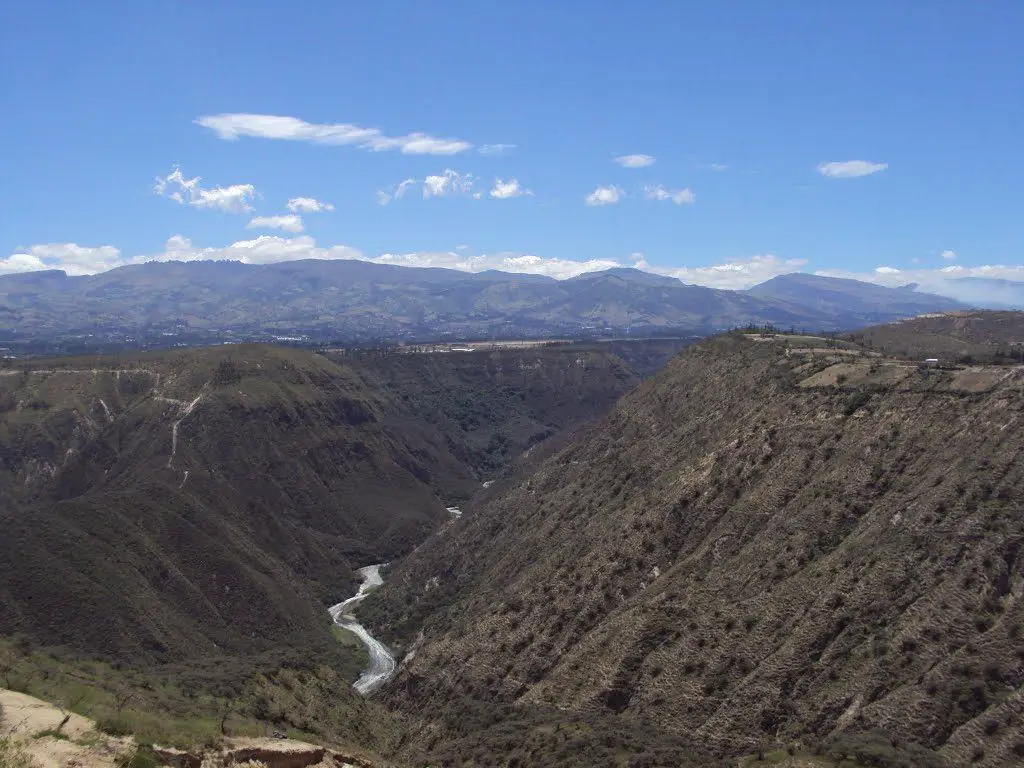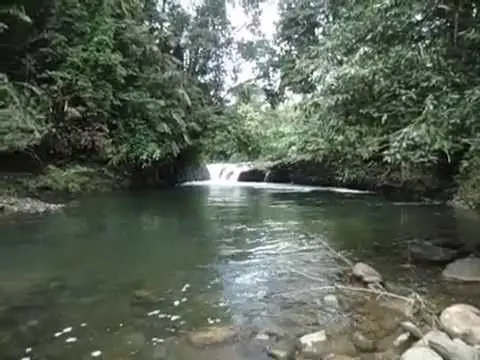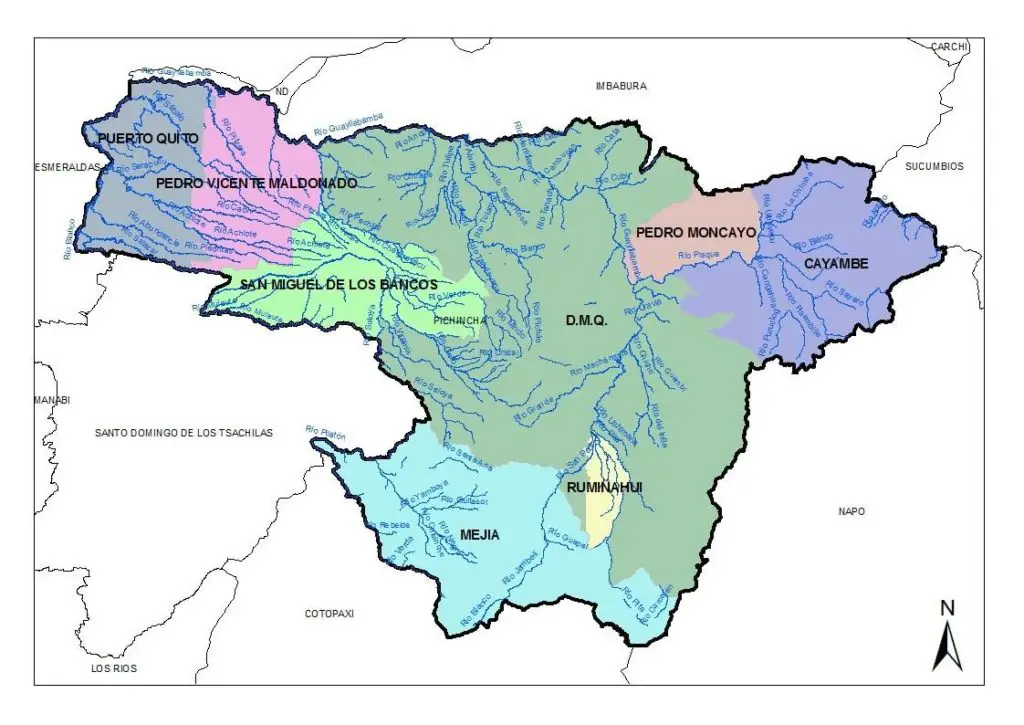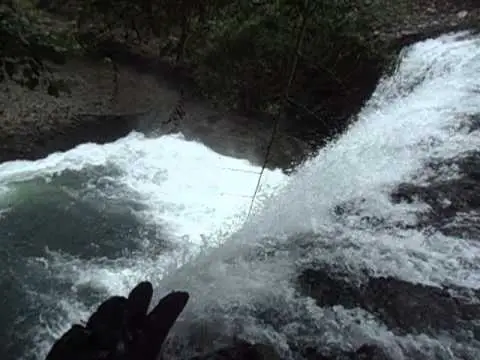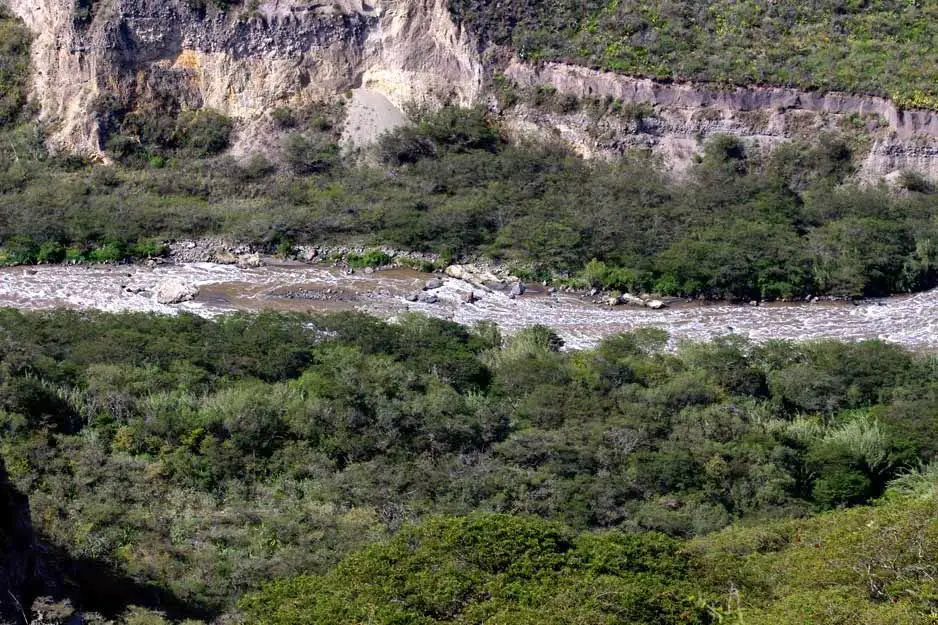The Guayllabamba River has its source in the Cotopaxi, Sincholahua and Rumiñahui volcanoes, it passes through the towns of Pichincha in Ecuador, several tributaries have their basin on its way, the most important being the San Pedro River, then the river flows into the Pacific Ocean.
Indice De Contenido
Features of the Guayllabamba River
The fate of the dominant landscapes in the Guayllabamba River is of particular concern due to ongoing biological impoverishment and habitat fragmentation. The river is home to a wide variety of ecosystems, ranging from lush Amazonian forests to snow-capped mountains, and from the Andean highlands to the semi-arid Galapagos Islands (see article: Ancoa River).
The topographical complexity of the Andes creates a large number of bioclimatic zones, each with different land use regimes. Ecuador is one of the most biologically diverse nations per unit area (Steinitz-Kannan, Colinvaux and Kannan 1983) in the Neotropics.
In addition to high biodiversity, there is a rich diversity of indigenous cultures that have lived there for millennia. Post-Columbian anthropogenic pressures have had a severe impact on the land and biotic resource base, with repercussions on the traditional lifestyles of the indigenous peoples (see article: Rapel River).
The Guayllabamba River is currently at an important ecological crossroads. Therefore, the protection of the fragile and fragmented natural tropandean ecosystems is an immediate concern for land-use planning along the river.
Map of the Guayllabamba River
The Guayllabamba is a river that rises in eastern Pichincha in northern Ecuador and flows into the Esmeraldas River. The river is named after the Guayllabamba plain.
Guayllabamba River Tourism
Parque Metropolitano Guanguiltagua is the largest urban park in South America, covering 1,376 acres (5.57 km2). The park is located in the north of Quito, on the Bellavista hill behind the Atahualpa Olympic Stadium (see article: Tinguiririca River).
The park is ideal for mountain biking, walking and running. Most of it is eucalyptus forest with trails, but there are also many sculptures. The park has four picnic and barbecue areas, and the eastern section offers views of Cotopaxi, Antisana and the Guayllabamba river basin.
Guayllabamba River Conservation
Guayllabamba Waterkeeper focuses on three programmes: tree planting along the rivers, river clean-ups and educational programmes to teach children how to connect with nature by growing fruit and vegetables. Rafael fondly remembers his youth when he could swim in the Guayllabamba River. Today, this is impossible due to heavy industrial pollution and a lack of sewage treatment facilities.
The three Quito-centred programmes take up most of their time, but the family also have a deep interest in the Guayllabamba River, which leaves Quito and flows through the western hills of Ecuador to the Pacific Ocean some 150 kilometres downstream (see article: Rio Curaray).
After leaving the parks in Quito, we went to the Waterkeeper’s office and pored over maps of the Guayllabamba River. Rafael told us many stories of his adventures and scientific research on the Guayllabamba River. As he gazed at the large map of the basin, his mind and voice came alive, telling story after story of each segment of the river.
Further downstream, the Guayllabamba faces threats on the same scale as Quito’s urban pollution. Resource extraction in the form of mining and hydroelectric dams has taken its toll on the Guayllabamba watershed. One large hydroelectric dam has already been built, and others are planned, which would affect water flow, trapping sediment and blocking the passage of migratory fish.
Just as bad, when hydropower companies build dams, they also build an extensive network of roads that open up relatively pristine forests to development. Mining companies are often right behind the dam companies, providing a one-two punch that has a lasting and dramatic impact on the health of the forest, watershed and river.
The Guayllabamba River is in trouble and faces all sorts of serious challenges, but it is a beautiful river system and worth saving. In addition, the Chambers family in Quito is a wonderful example of a Waterkeeper who has embraced her local waterway and is working to protect it with her passion and her life.

